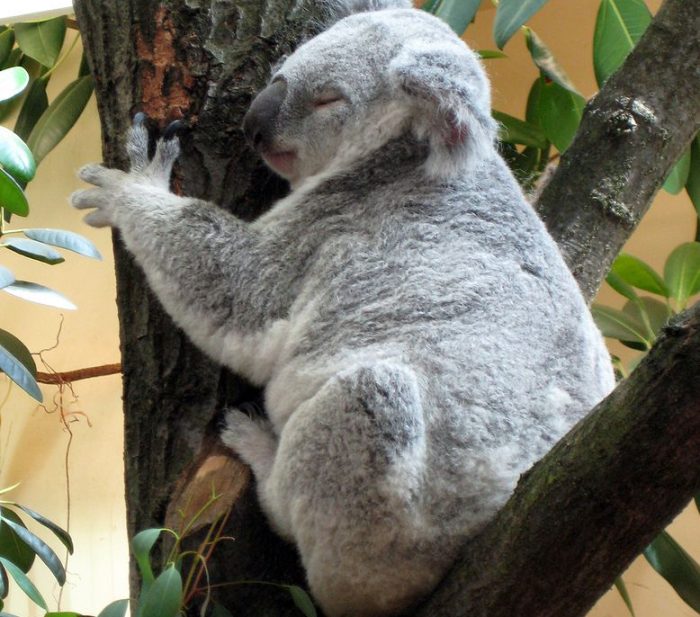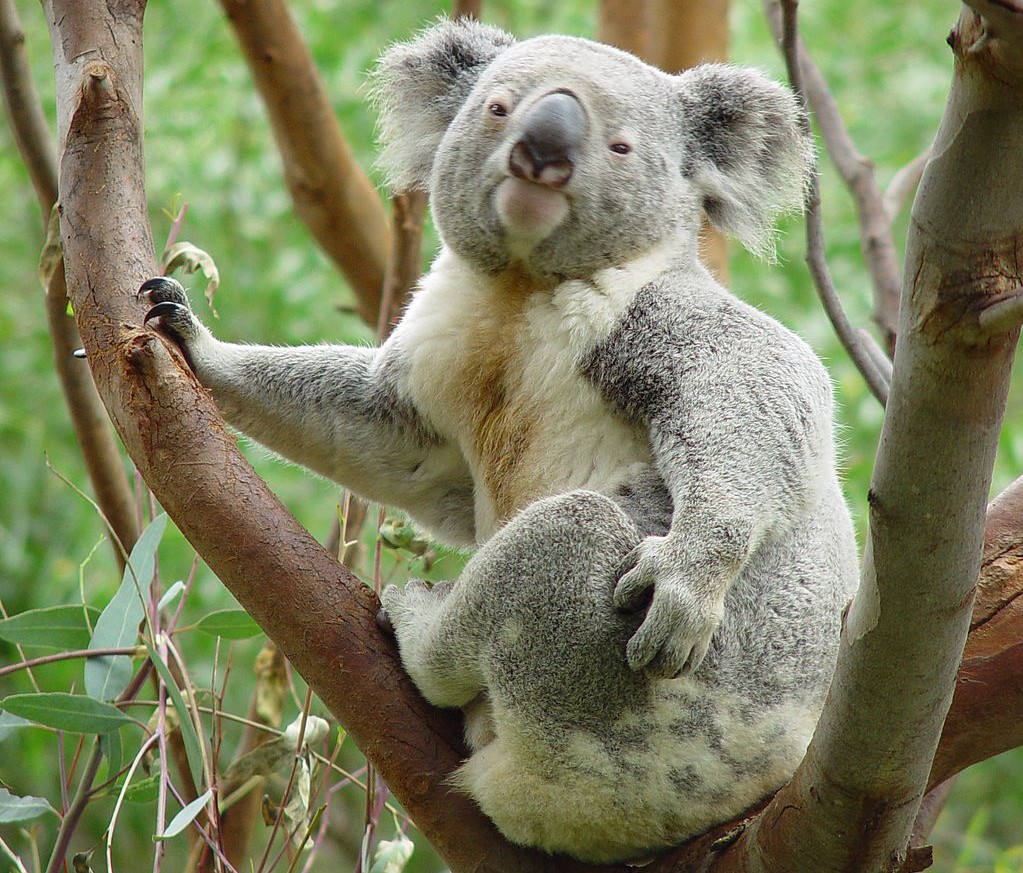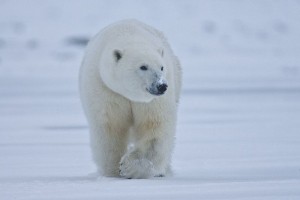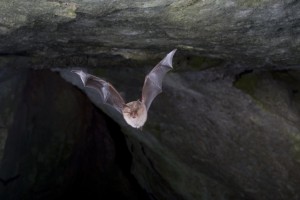Climate Change Turns Up the Heat on Koalas
Climate change is causing temperatures to rise and, in places where they are already high, may cause these areas to become inhospitable to wildlife.
 Image: By Aconcagua (Own work) [GFDL (http://www.gnu.org/copyleft/fdl.html) or CC BY-SA 3.0 (http://creativecommons.org/licenses/by-sa/3.0)], via Wikimedia Commons
Image: By Aconcagua (Own work) [GFDL (http://www.gnu.org/copyleft/fdl.html) or CC BY-SA 3.0 (http://creativecommons.org/licenses/by-sa/3.0)], via Wikimedia Commons Climate change is causing temperatures to rise and, in places where they are already high, may cause these areas to become inhospitable to wildlife. A new study published in Global Change Biology has found that, by 2070, koalas may no longer be able to survive in some parts of inland Australia.
Using detailed ecological models, a team from the University of Melbourne reported that hotter temperatures and altered rainfall patterns will make it extremely difficult for koalas to get the water they need to survive, making inland populations vulnerable to heat-stress.
They mapped potential koala habitats by compiling data on how koalas behave under different weather conditions, measured characteristics such as fur depth and body size from koalas across their range and collected detailed information on koala physiology. This allowed the researchers to predict the habitat that would be suitable for koalas, based on their water and energy requirements under the climate in those areas, assuming that eucalyptus trees were available everywhere.
Their findings reveal that the climatically suitable area for koalas dramatically reduced by 2070, particularly in Queensland. Their range across Australia was limited by water requirements for keeping cool, with the timing of rainfall and heat waves being crucial in limiting the koala in the warmer parts of its range.
The team also used models to correlate known koala locations with the climatic conditions of the recent past, and found that both types of models made accurate predictions of the koala’s current range, and agreed that koalas will disappear from much of the drier, hotter parts of their range.
Lead author of the study Dr Natalie Briscoe from the School of BioSciences, University of Melbourne said: “There is a lot of uncertainty when predicting the impacts of climate change on species, particularly when climate change leads to novel weather patterns. Comparing predictions from different models allows us to more confidently predict the location of havens where koalas could survive in the future.”
She added that the findings could help our ability to forecast future impacts of climate change on biodiversity, therefore allowing conservation efforts and funding to be focused more efficiently. “Studies of climate change impacts on wildlife have often focused on how changes in average temperature or rainfall will affect species, but our research highlights the importance of thinking about the extreme conditions that will be most stressful for the animals – such as hot, dry periods – and how these may change in the future. By developing a better understanding of what controls species distributions now, we are much better placed to forecast how these may shift in the future.”




No comments yet.